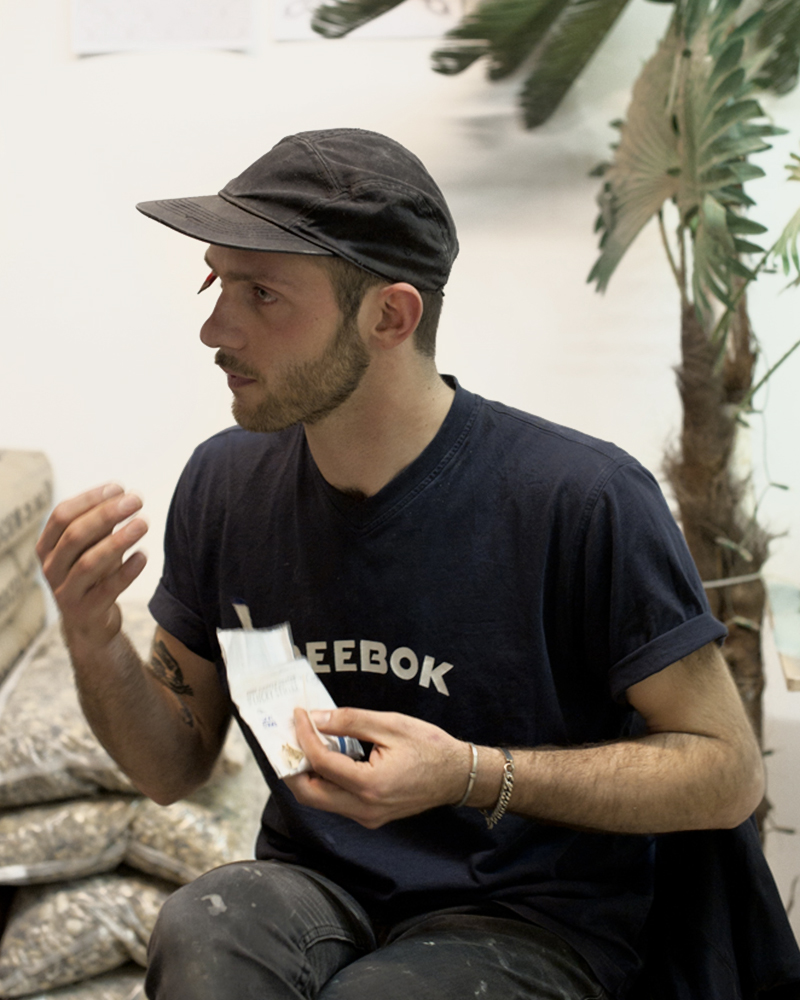Side Gallery
Side Gallery
WishlistFollow
Follow
TOM VOLKAERT

Tom Volkaert was born in Antwerp, 1989. Volkaert's work (b.1989, Antwerp) focuses on the changes which occur throughout material processes. He has an intuitive way of work, taking time to understand the fragility of each interval material, allowing them an element of independence, introducing the essential component of chance to the process. Each item produced is an example of Volkaert's exploration of the raw materials he chooses to use. Relics of improvements and repairs are constant in Volkaert's designs, contributing to a vision of unsettling beauty and horror, perfection and defective.
The Dutch designer has recently published his first book, an oeuvre of his inventory. The title, "As slow as possible," references Aesop's fable about the snail and the hare. Volkaert takes inspiration from outside the art world, "not everyone is unique and everything has happened before," he says. The visual ideas of the key figures in the art world can be very defining for a field and can be paralyzing. "That's why I relate to stories that have nothing to do with art history."
He enjoys referencing outside of the art world, "not everyone is unique and everything has happened before," Volkaert has said. The visual ideas of the key figures in the art world can be very defining for a field and can be paralyzing. "That's why I relate to stories that have nothing to do with art history." Volkaert works intuitively and tries to act "as slow as possible" in the depths of his technical research.
Volkaert's sculptures present themselves as untouched. The mysterious iron, clay, and resin forms are fascinating. They force the onlooker to observe every angle, allowing for a chaotic awakening of sensory impressions.
Fascinated by the hollow spaces in his ceramic works, Volkaert recently started to work with transparent materials. His epoxy pieces reveal the inside of his works for the first time, allowing for further exploration of disassociation. By disclosing all areas of his work, Volkaert further strips any illusion the onlooker may have previously perceived. He resolutely opts for the full formality. This time nothing stands in the way of the viewer to fully "see" the work.
ENQUIRE ABOUT THE DESIGNER